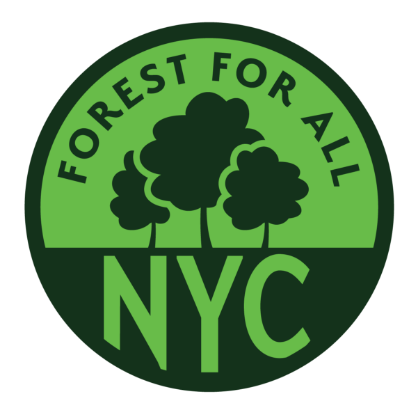In “The State of the Urban Forest in NYC,” The Nature Conservancy (TNC) looked at tree coverage around the five boroughs, and how it’s changed over the past decade.
By Dana Rubinstein | New York Times
When Mayor Eric Adams named a commissioner last week to oversee New York’s parks department, he spoke of how important the city’s green spaces were for recreation and contemplation, especially during the pandemic.Read More >
By Ben Verde | Brooklyn Paper
Brooklyn’s urban forest saw growth during the 2010s, part of a citywide trend, but researchers say those gains are threatened by climate change and need investment to be maintained.
A new study from the Nature Conservancy follows the growth of New York City’s tree canopy between 2010 and 2017, which saw Brooklyn increase its overall tree canopy by 1.91 percent — but not without some persistent challenges.Read More >
By Rachel Holliday Smith|
New York is getting shadier.
The South Bronx has more tree cover than it did a decade ago. Canarsie has less, likely due to Superstorm Sandy. And overall tree growth in New York City went up nearly 2%, between 2010 and 2017.Read More >
The Nature Conservancy in New York has released a first-of-its-kind report, The State of the Urban Forest in NYC, evaluating the New York City urban forest through multiple lenses, and establishing a common baseline understanding of this vital resource. The urban forest in New York City is composed of more than 7 million trees, as well as the associated physical and social infrastructure that supports it.Read More >
By Annel Hernandez, Shravanthi Kanekal, and Victoria Sanders | October 21, 2021 Our urban forest is a defining feature of New York City, providing New Yorkers with a variety of benefits, from…Read More >
Coalition Calls on Lawmakers to Uplift the Urban Forest and Its Benefits by Supporting the NYC Urban Forest Agenda. Forest for All NYC commends the New York City Council for…Read More >
This episode considers the future of forests and what equity and repair in land management could and should look like. We start with a roundtable on the future of urban…Read More >
By Crystal Cranmore | WABC
There is a renewed effort in NYC to expand access to green space and fight shade inequality.
According to the NYC Health Department, African Americans are twice as likely to die from heat stress as white New Yorkers. To understand this disparity, environmentalists say you can start by counting the trees in your neighborhood.Read More >
